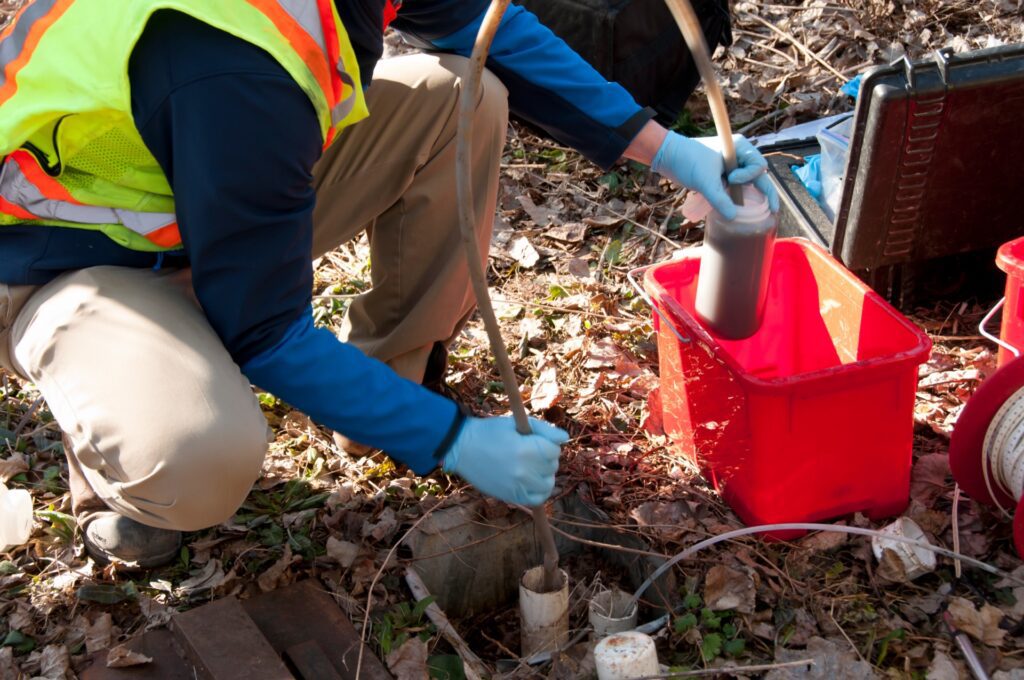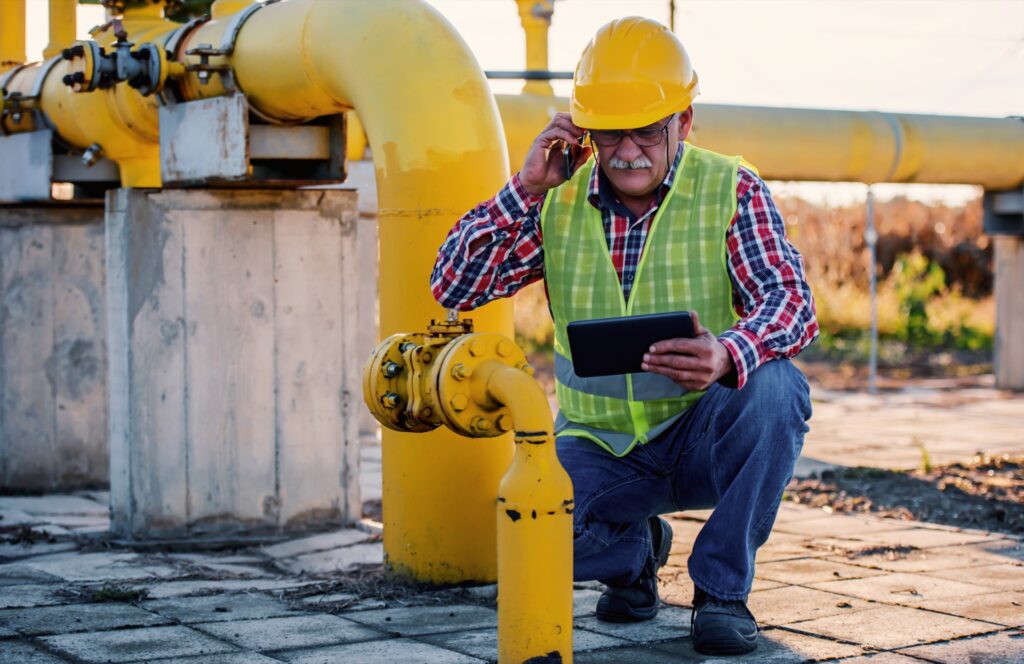Environmental site assessments are not only important but can be a critical action to take in some situations. However, as there are several phases to the assessment process, it can be helpful to break down the differences between Phase 1 and Phase 2 Environmental Site Assessments to understand the purpose and work done in each. Out of the 3 possible environmental site assessment phases, not all phases are always needed for every circumstance.
What Is a Phase 1 Environmental Site Assessment?
A Phase 1 Environmental Site Assessment (ESA) is a comprehensive review of existing records pertaining to a site and its surroundings. This is followed up with a detailed site inspection. The purpose of the inspection is to get a boots-on-the-ground look at the site in question, the potential for contamination, and any Areas of Potential Environmental Concern (APECs).
During the inspection, the surrounding region is also inspected (known as buffer distances) from the boundary of the site. In Alberta, it’s required to evaluate the potential risks from other sites within 300m from the site boundary which could represent a risk of contamination to the subject site. Naturally, this covers a large total area to inspect and can take some time to complete.
The sites that are the most cause for concern for their environmental impact include gas stations, dry cleaners, fertilizer and chemical works/storage, and automotive repair/body works. All of the aforementioned sites can potentially result in contamination on the surface of the subject site or underneath the subject site from groundwater contamination.

What Is a Phase 2 Environmental Site Assessment?
A Phase 2 ESA is guided by the Phase 1 ESA as it relies on the information from Phase 1 to make the next steps. Phase 2 ESAs are only conducted if the concerns detailed in Phase 1 are deemed justified.
Where the two phases primarily differ is in the actual collection of samples of items like soil and groundwater, spill or storage piles, building materials, vapour, and dust or air for a Phase 2 ESA. These samples are taken from the site to check if there are actually potential contaminants in the subject site that were outlined in the Phase 1 ESA.
These samples are then tested for the potential contaminants and expected behaviour to follow that would occur at or near the site in question. Once the tests are over, they will reveal if the testing has uncovered contamination on the site and if further action is needed.
Overall, if you’re not sure if you need an environmental site assessment, it’s best to get the professional help of an accredited appraiser who can detail whether or not you need one.

